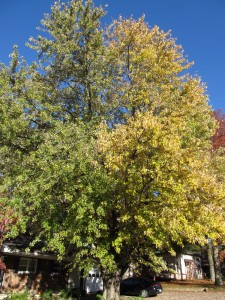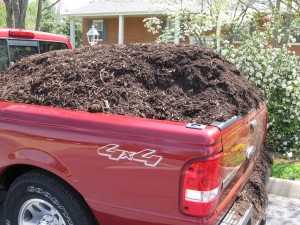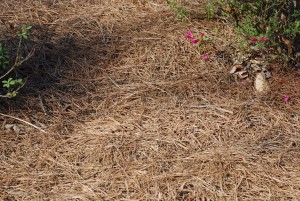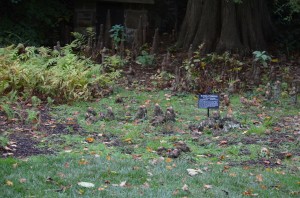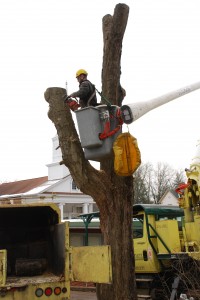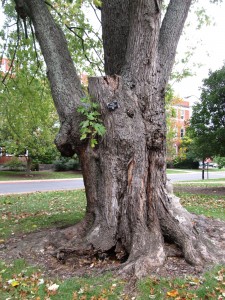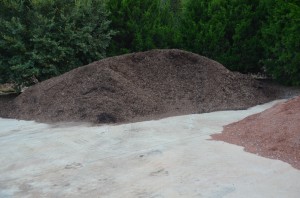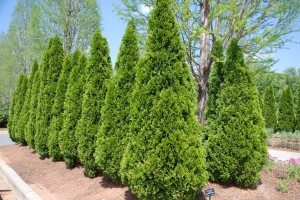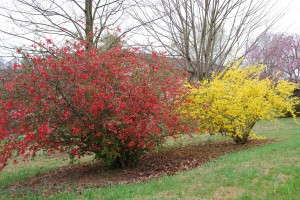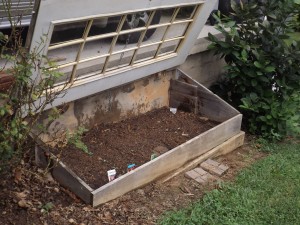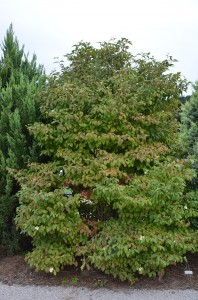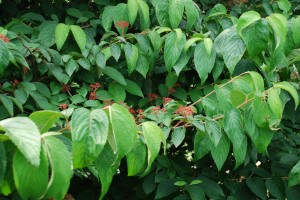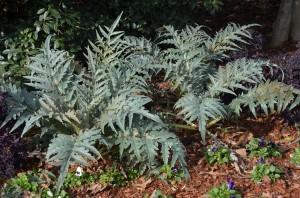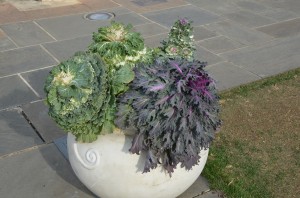Is a dangerous tree lurking in your yard, ready to tumble down on your house or car? A well shaped landscape tree with a full canopy (top) and undergoes a safety checkup every 3-5 years is rarely at risk. When the weather forecaster is predicting a hurricane or an ice storm, it’s generally too late to call a local certified arborist.
Category storms are out of the ordinary and even healthy trees are likely to receive some injury. You should not wait until a storm has caused damage. Tree maintenance goes along with tree ownership. A tree’s health, like people’s, changes over time. Middle aged trees are less hazardous than old mature trees. Age plus a category storm may inflict significant damage to render a tree hazardous.
Different tree species possess different mechanical strengths and decay mechanisms. Weak-wooded species considered hazardous include silver maple (Acer saccharinum), cottonwood and hybrid poplars (Populus spp.), willows (Salix spp.), boxelder (Acer negundo), and tree-of-heaven (Ailanthus altissima).
Location is a key factor. A tree not growing around people, homes, and autos is not likely to inflict serious damage if it falls. A tree growing in a public park should be inspected periodically, then pruned or removed. However, a residential tree with a large decay cavity likely should be removed at once.
Trees may show decay or cavities along the main trunk(s) and branches. Timely pruning usually cures most ills. It’s kind of like going to the dentist. A cavity represents wood decay and branch weakness. Decay can be slowed by cleaning out the wound and spraying a pesticide to prevent wood boring insects from habitating.
A certified arborist can measure the extent of the tree decay using a Resistograph®. A hollow tree cavity is not always hazardous. Tree cavities that are surrounded by at least one inch of solid wood per six inches of tree diameter are unlikely to fail according to good scientific support.
You should hire only a certified, licensed and insured arborist. Certification is awarded by the International Society of Arboriculture (ISA) following extensive study and testing.

